


Lifestyle
Comprehensive Guide: What Do Hamsters Need for a Happy Life?
Hamsters are popular pets, known for their playful natu [ ]
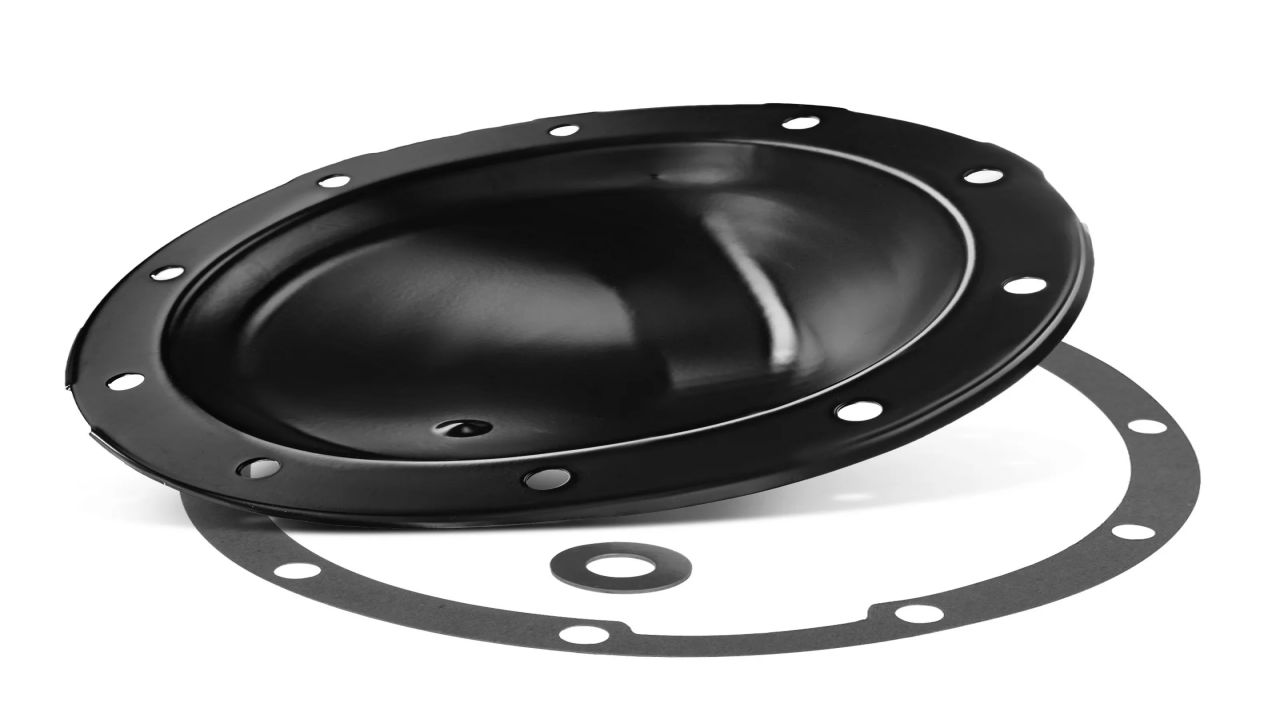
Car
The Benefits and Advantages of the 2001 GMC Jimmy Rear Differential
The significance of a reliable rear differential in a v [ ]

Lifestyle
Why do Artists Like Portable Photo Printers?
Artists frequently choose Pearl portable photo printers [ ]
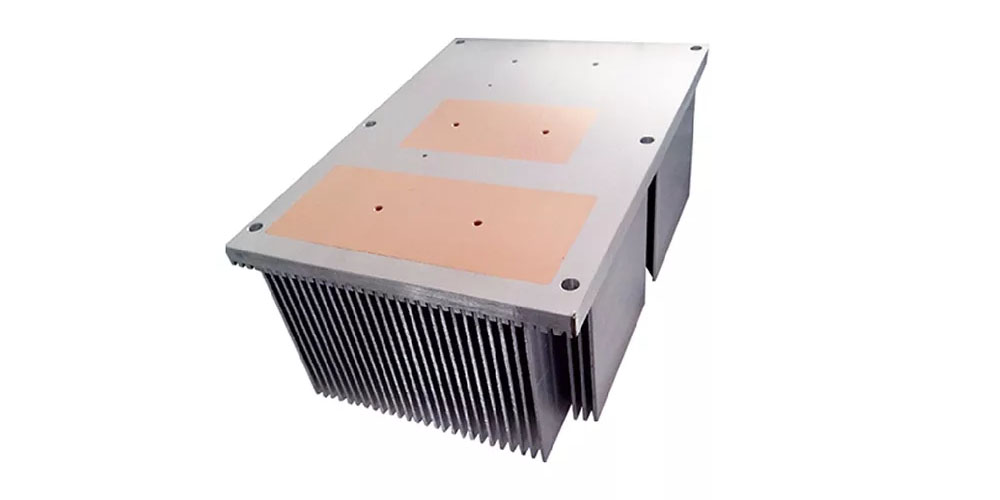
News
Things To Be Consider For Designing Bonded Fin Heat Sink
Digital components generate heat because they depend on [ ]
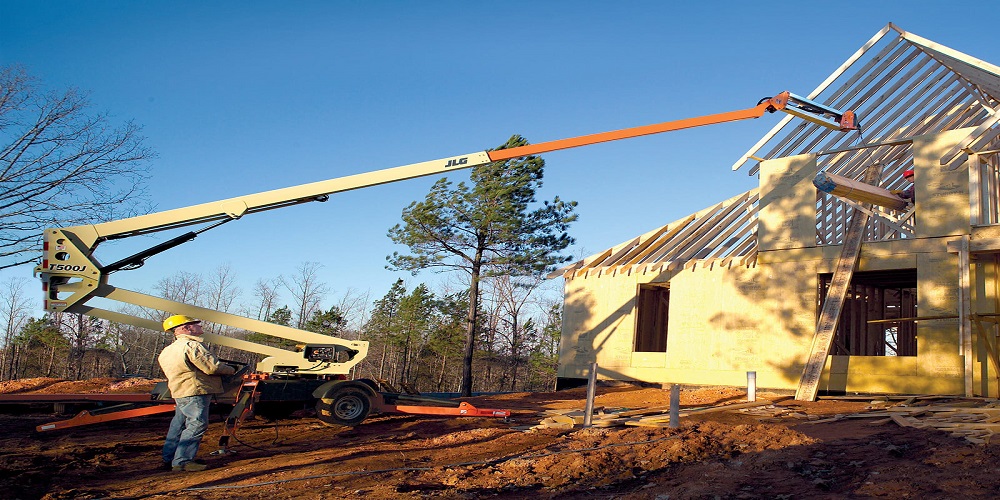
Machinery
How does a trailer boom lift give ease?
Everything is going advanced after science makes everyt [ ]

Lifestyle
What are the uses of outdoor and indoor led lighting?
An expert in lighting knows about parameters to choose [ ]

Business
What Are The Essential Things You Need To Consider When Looking For An Electric Pickup Truck For Sale?
Pickup trucks are a ubiquitous part of the American lan [ ]

Business
How to choose the best tennis turf?
Synthetic grass is widely used in the modern world. Bes [ ]
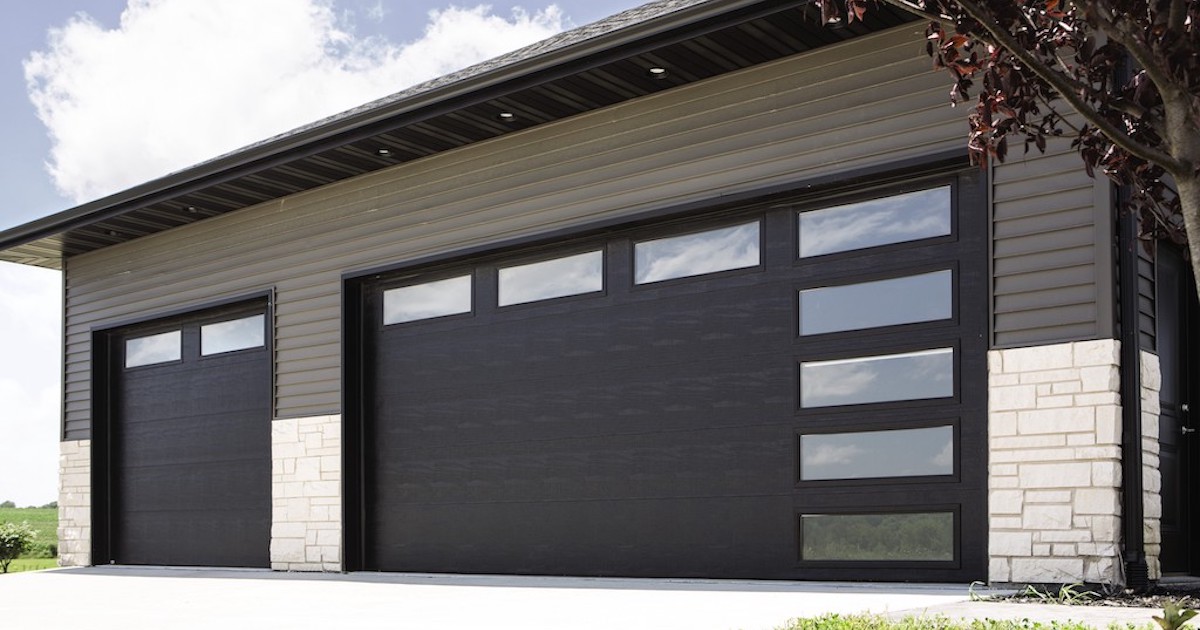
Lifestyle
Everything You Must Know About Garage Doors with Flush Panels
If your home has a modern or modern design, you need a [ ]
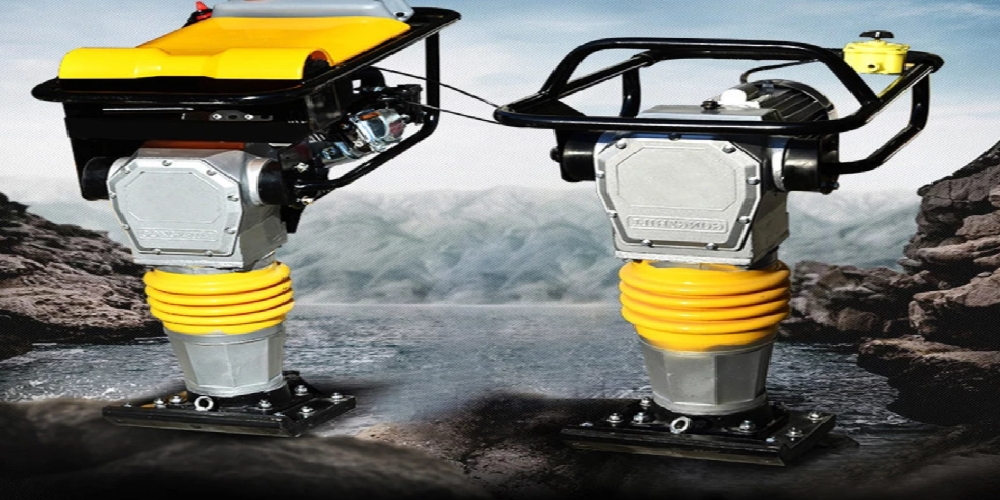
Machinery
Things To Know About A Compactor Machine
A compactor machine is one of the most useful equipment [ ]

